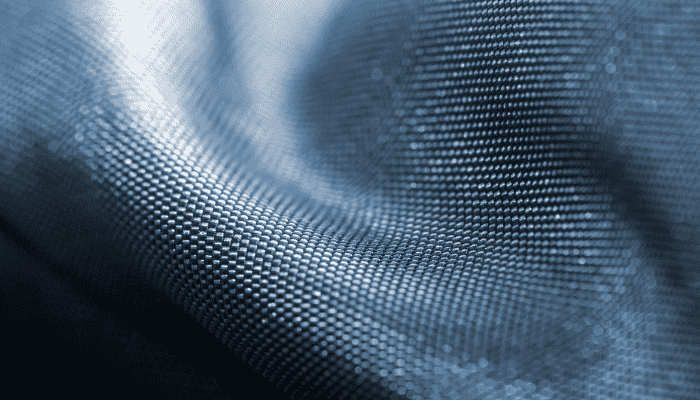Backpacks are essential items in our daily lives. They can easily accommodate personal belongings and free your hands to make travel more convenient. This article will help you explore the anatomy of backpacks in-depth, understand their various parts, and understand their functions.
External structure
Backpack material
Backpack materials like nylon and polyester are usually wear-resistant and waterproof. They are durable, effectively prevent rain penetration, and protect internal items.
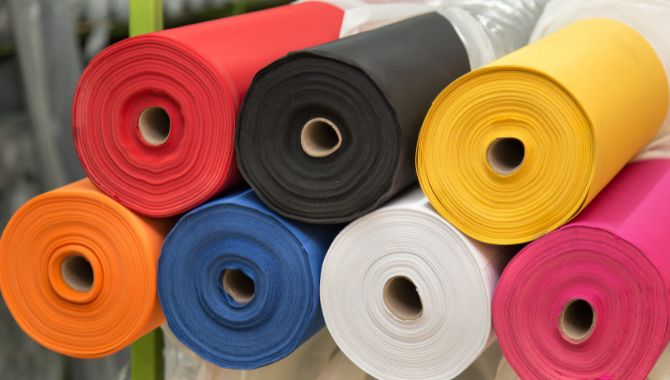
Shoulder straps
The shoulder straps connect the backpack to the human body and bear the backpack’s weight. The design of the shoulder straps should be ergonomic to ensure that they remain comfortable when carried for a long time. The shoulder straps are usually made of durable, elastic materials such as nylon or polyester. The shoulder straps of some high-end backpacks also use a mesh design or built-in sponge filling to increase breathability and comfort.
Zippers and fasteners: Zippers and fasteners are critical parts of backpacks. High-quality zippers are smoother, more durable, and less likely to get stuck or fall off. Backpack fasteners such as Japanese buckles, D-rings, and ladder buckles are indispensable in backpack design. These fasteners not only adjust the size of the backpack and the fit between the backpack and the human body but also serve as decoration and increase the backpack’s functionality.
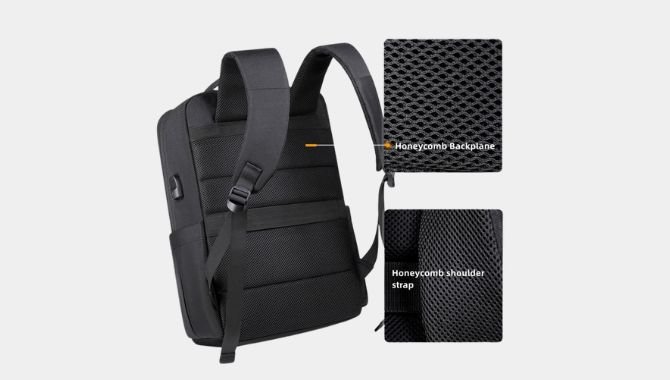
Internal structure
Main compartment
The main compartment is the core area of the backpack design. It mainly stores oversized items, such as clothes, shoes, or equipment required for outdoor activities. Many backpacks also have partitions or grid designs inside the main compartment to facilitate users’ organization. These additional designs can significantly improve space utilization, allowing you to store various items in a more orderly.
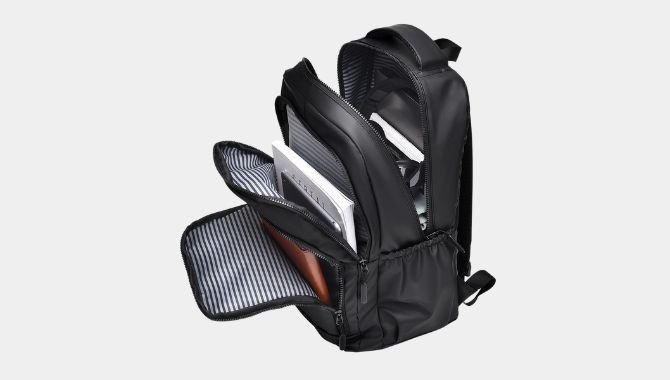
Secondary compartments and internal pockets
In addition to the main compartment, the backpack usually has some secondary compartments and internal pockets. These compartments and pockets can store small but equally important items, such as keys, mobile phones, chargers, etc. They are usually designed in a multi-level structure, which makes it easier to classify and store items and quickly find and take out the items you need.
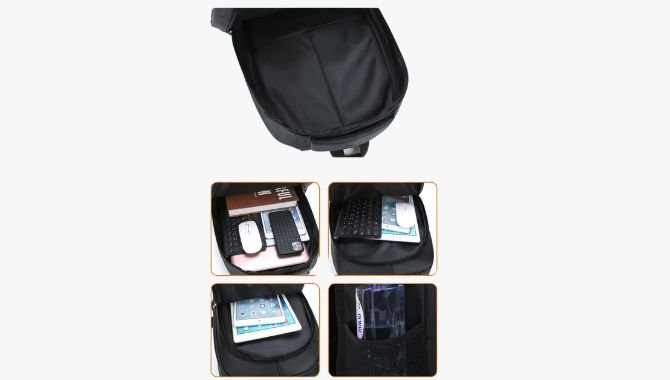
Carrying system
Backboard
The backpack’s backboard is the central supporting part of the carrying system. It is generally made of hard materials and can provide support, stability, and weight dispersion. The backpack’s shape is designed to fit the back of the human body and reduce the pressure of carrying. Some advanced backpacks also have adjustable back panels to accommodate different body shapes.
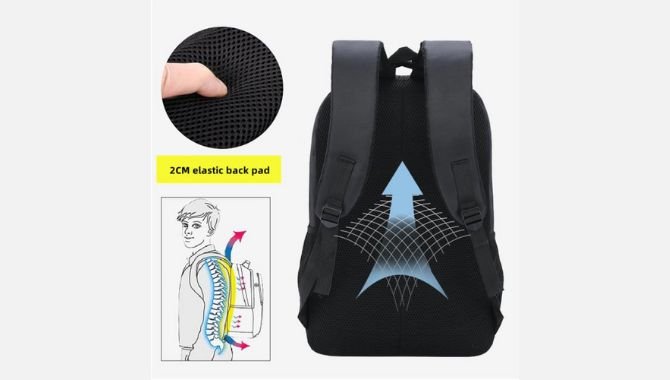
Chest strap and hip belt
The hip belt and chest strap are auxiliary parts of the carrying system. The hip belt surrounds the waist, effectively sharing the backpack’s weight, reducing the pressure on the shoulders, and making it easier to carry. The chest strap is located between the shoulder straps, which can fix the shoulder straps and prevent them from sliding, further increasing the stability of the carrying. For long-distance travel or hiking enthusiasts, the design of both is crucial.
Special functions and designs
In addition to the basic structure and functions, modern backpacks also have many unique functions and designs to meet the needs of different users.
Waterproof performance: Some backpacks use waterproof fabrics and sealed designs to keep the internal items dry in adverse weather conditions.
Ventilation and heat dissipation: To improve carrying comfort, some backpacks are designed with ventilation and heat dissipation systems, such as back vents and breathable mesh shoulder straps.
Reflection and night visibility: To improve the safety of walking at night, some backpacks are also equipped with reflective materials and night visibility designs.
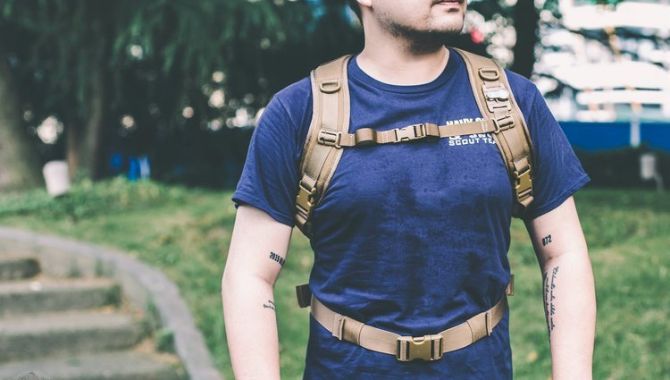
Summary
The backpack’s anatomical structure reflects its design’s sophistication and complexity. By analyzing the external structure, internal structure, carrying system, special functions, and design, we can better understand the performance characteristics of the backpack and choose a backpack that suits our needs. In future development, with the continuous emergence of new materials and new technologies, the design of backpacks will be more humane, practical, and diversified.



